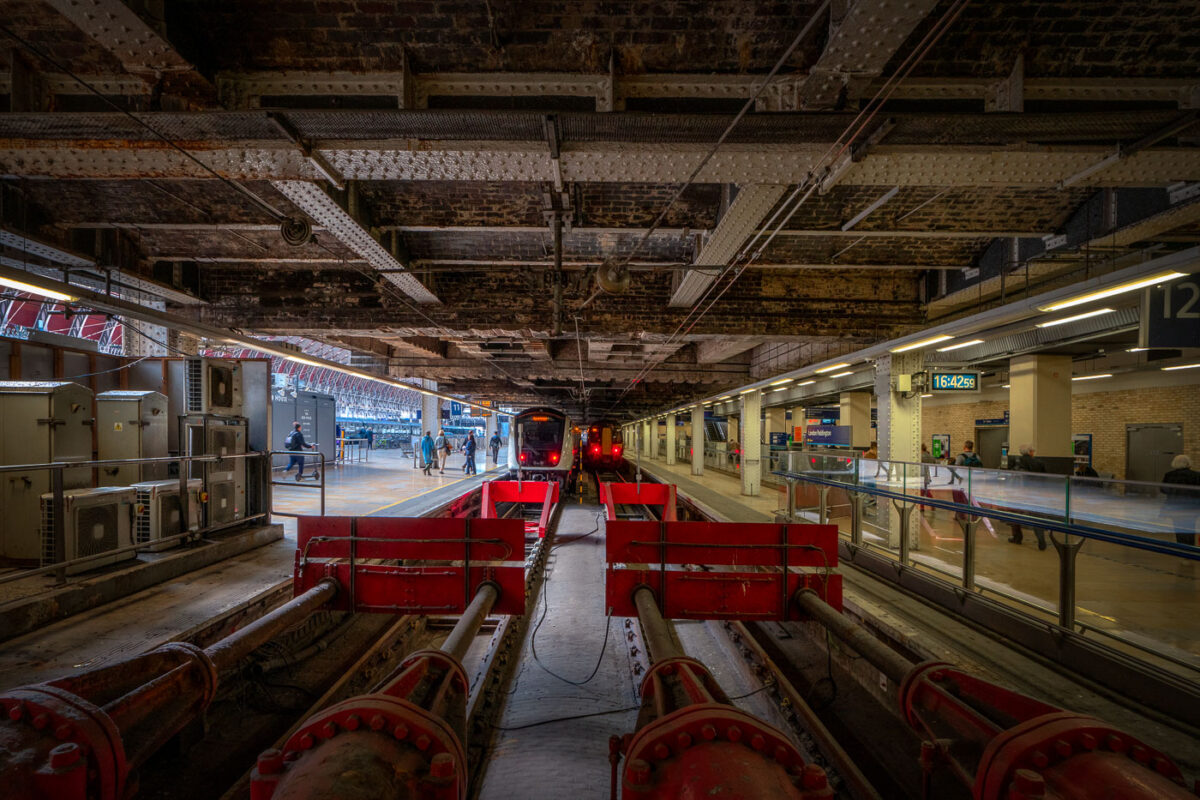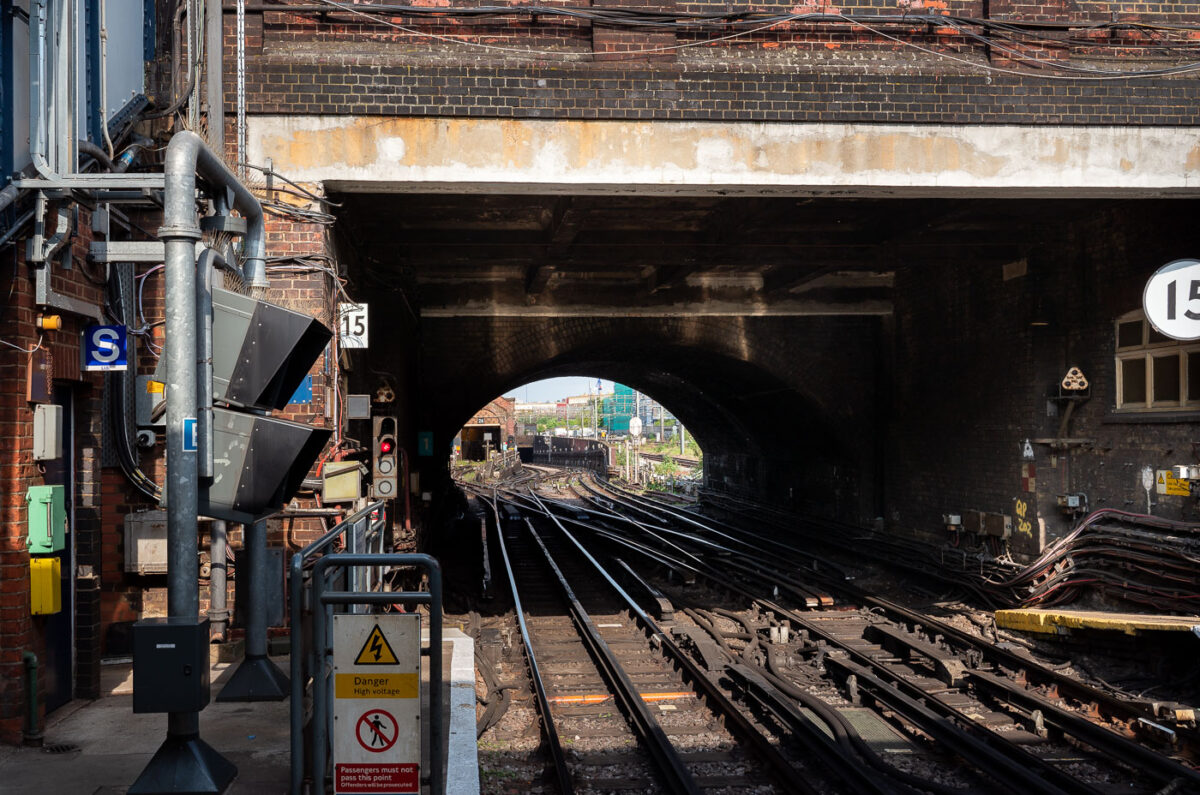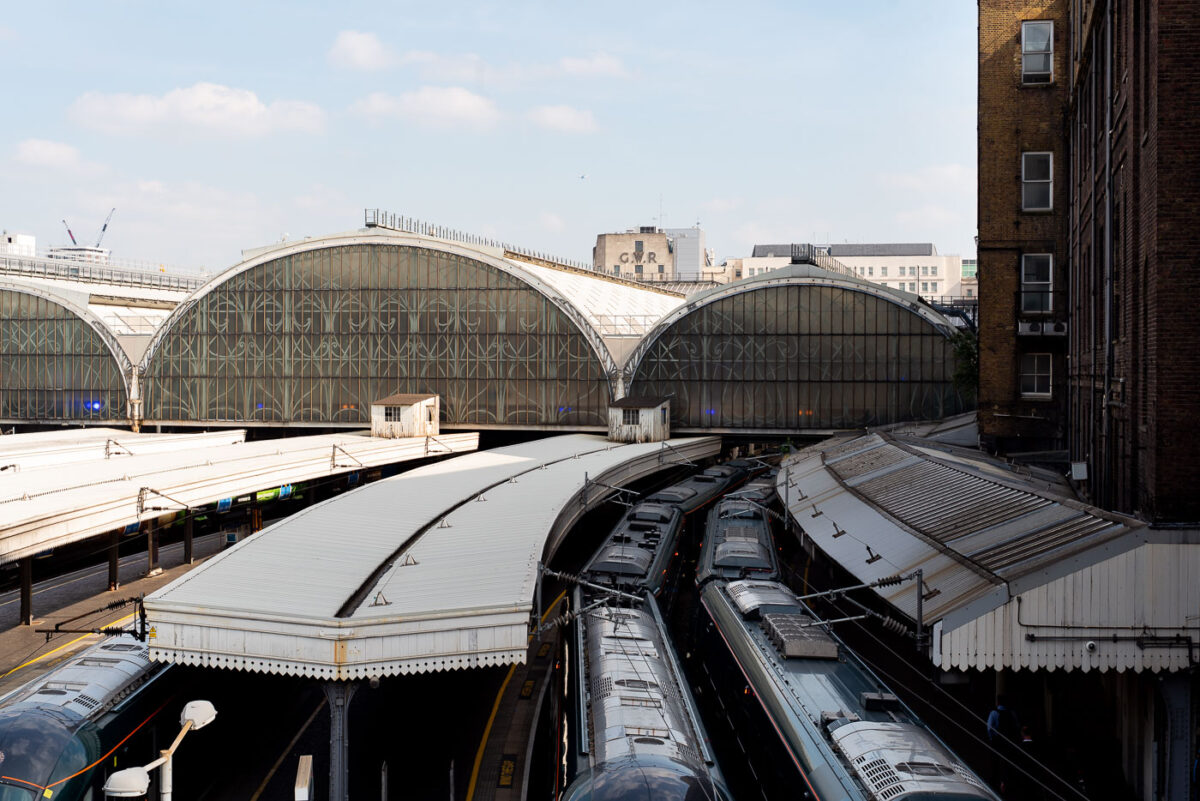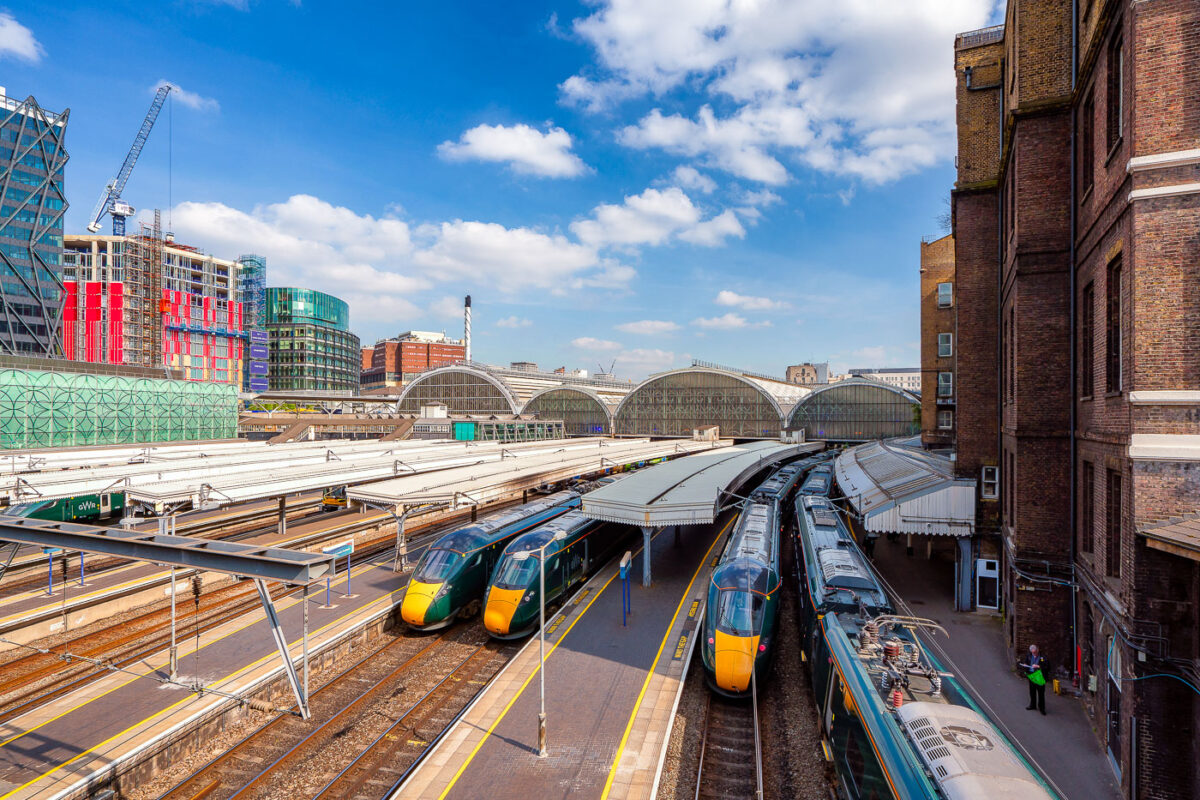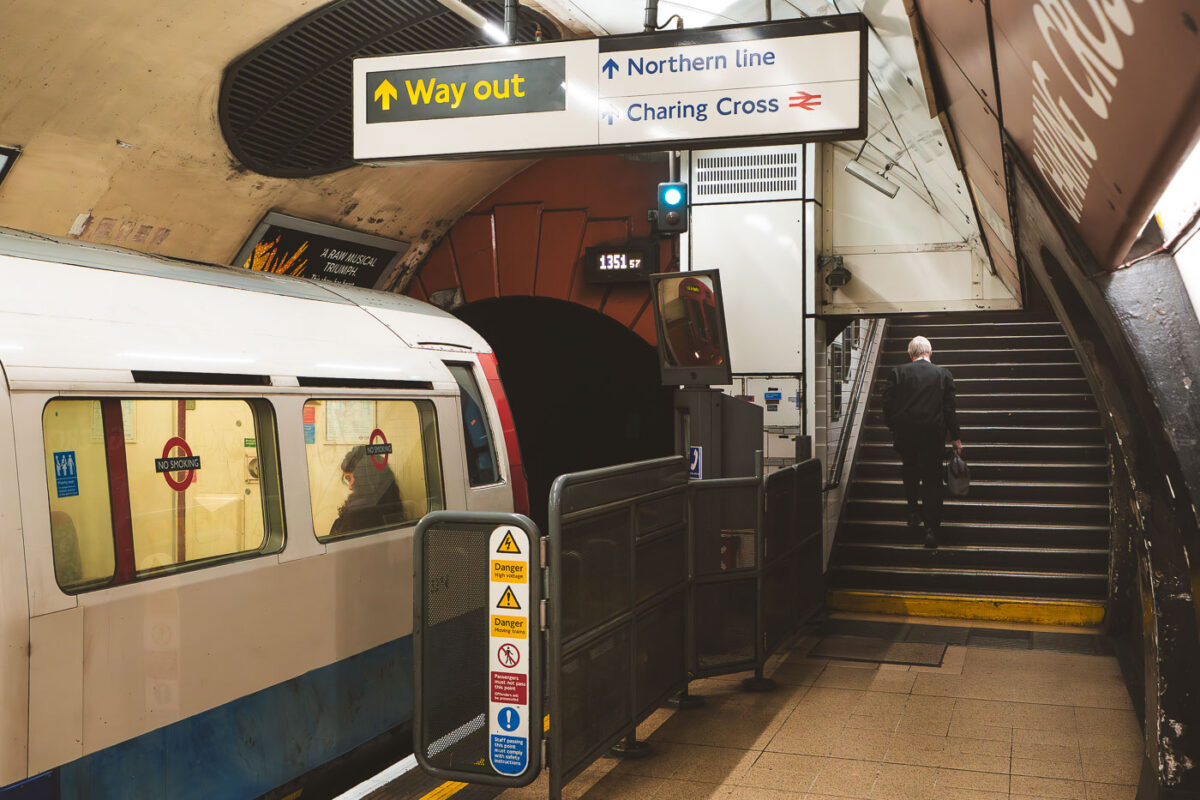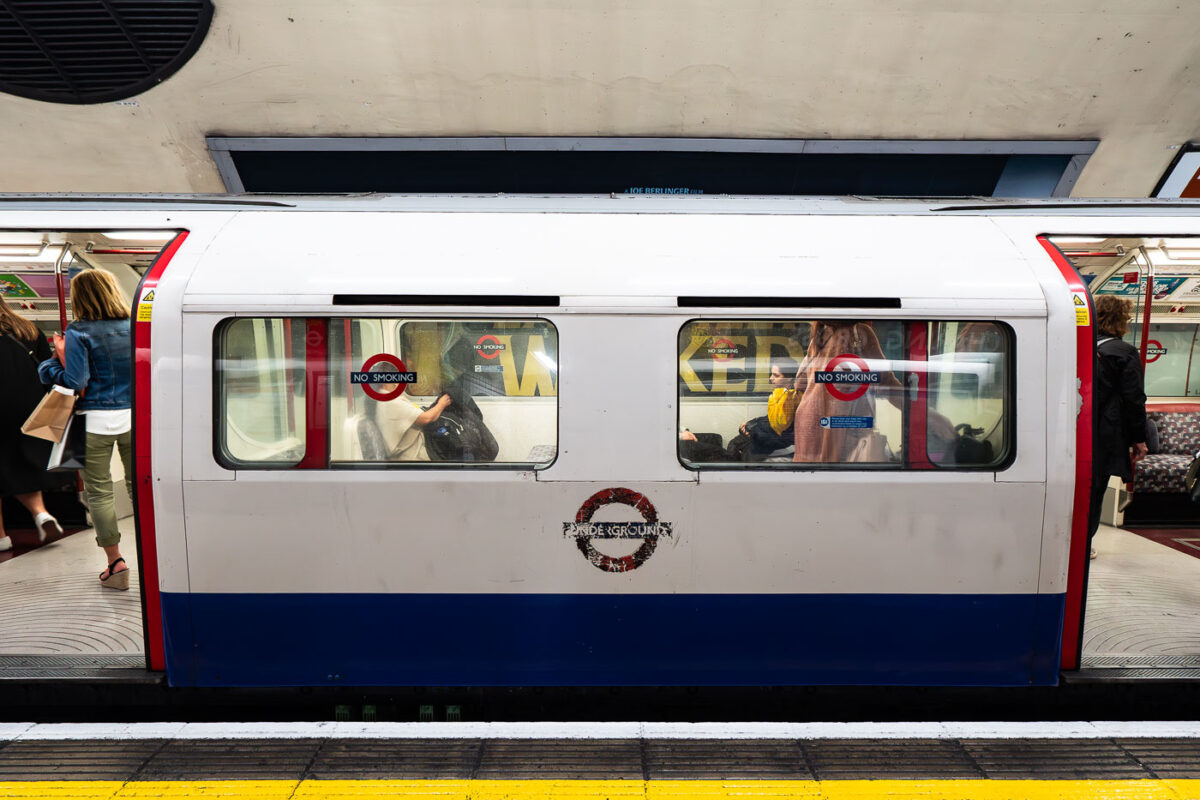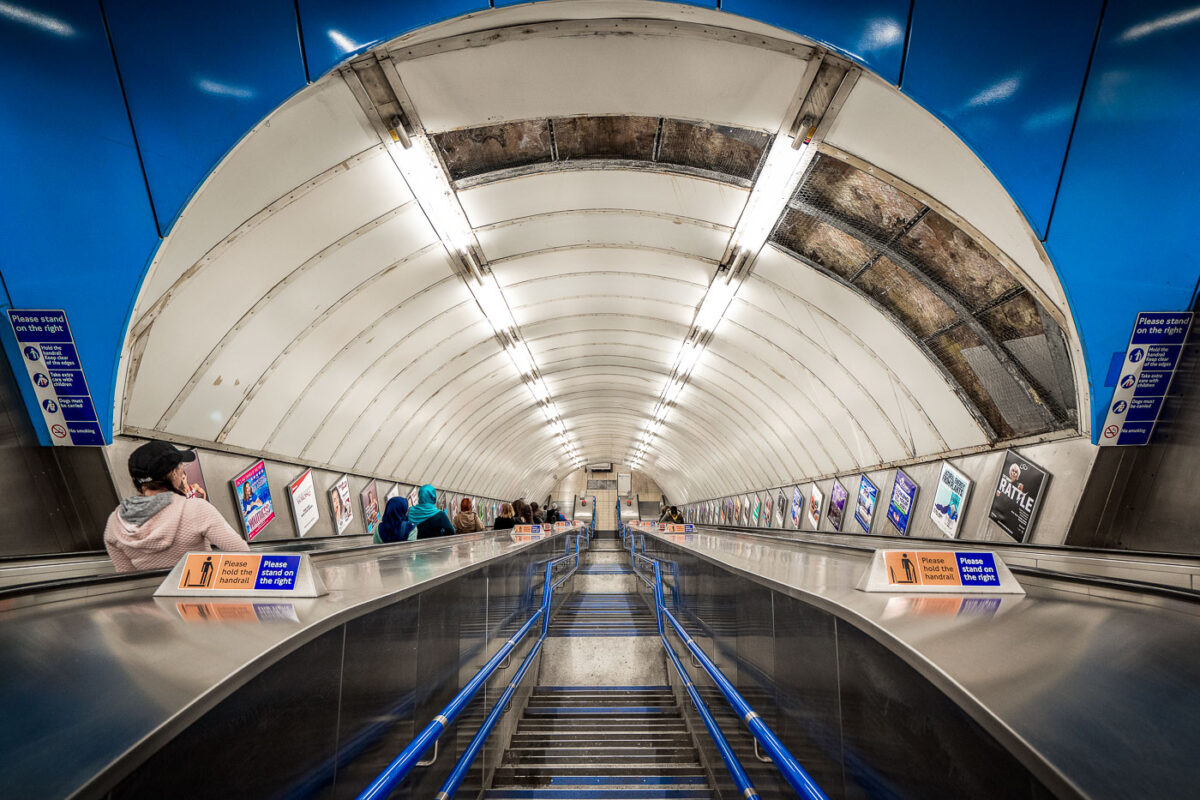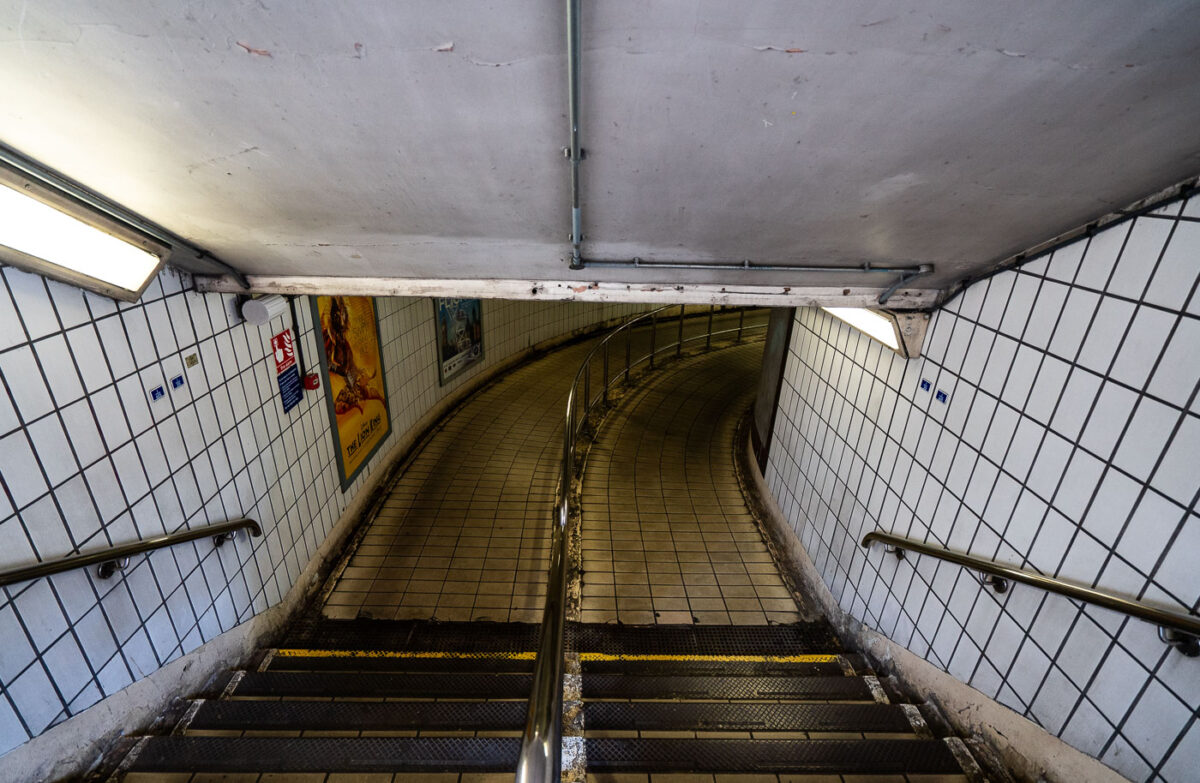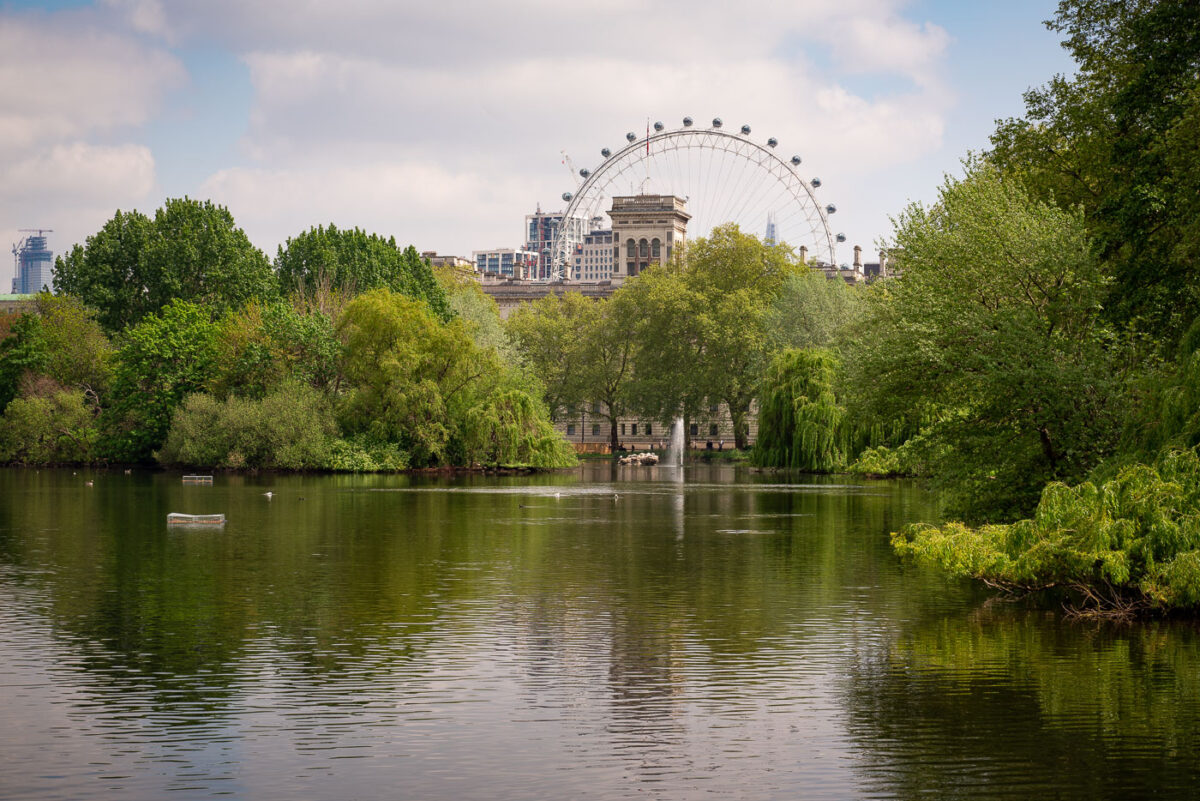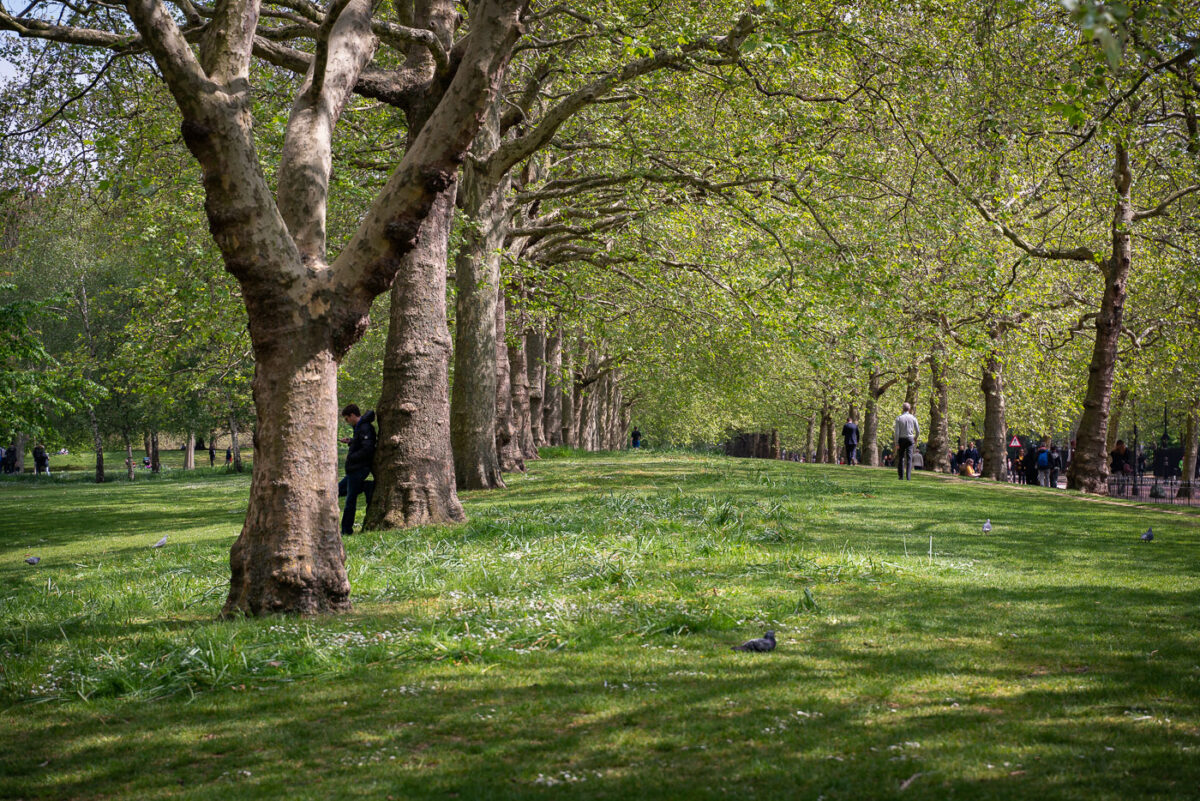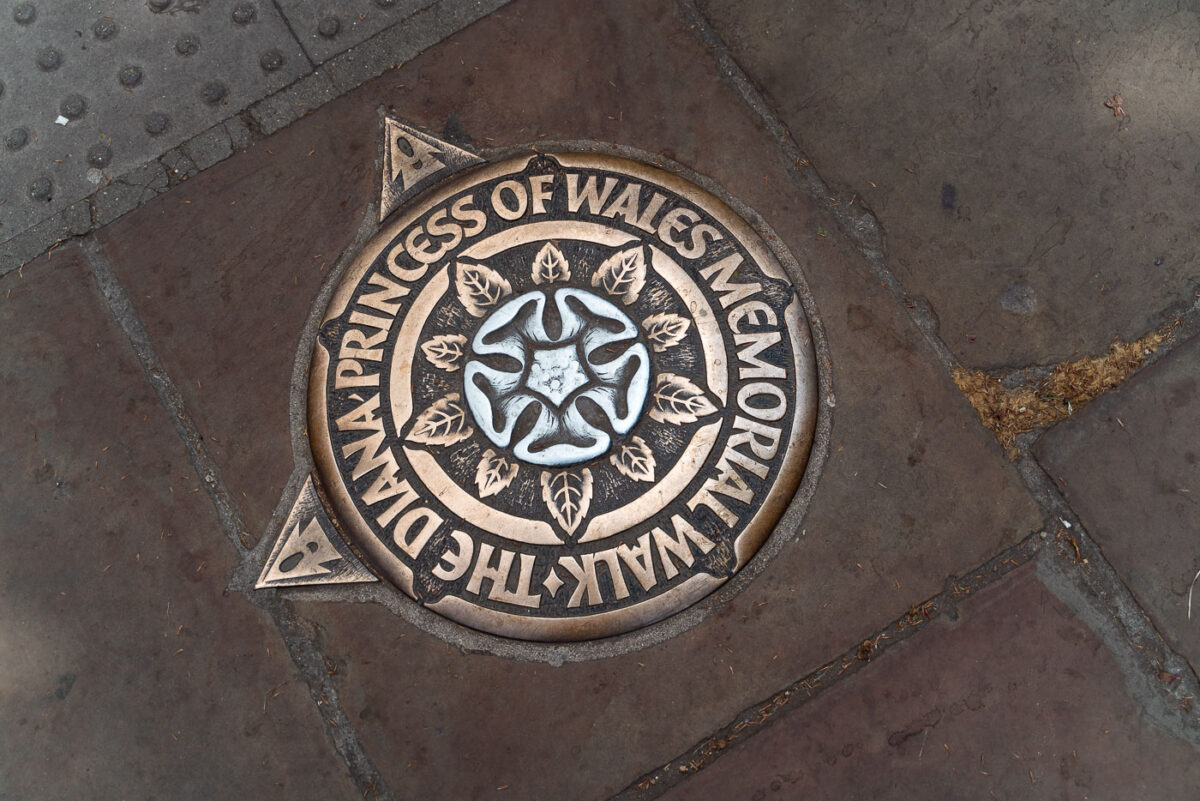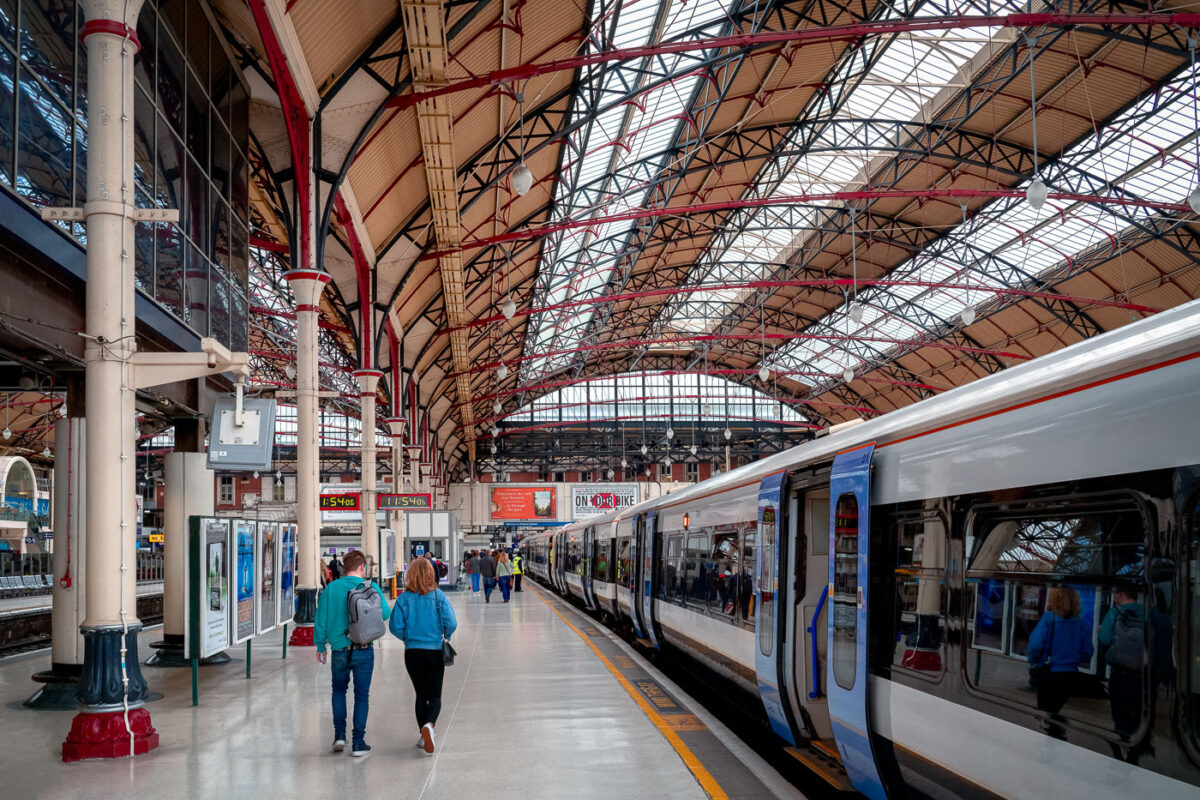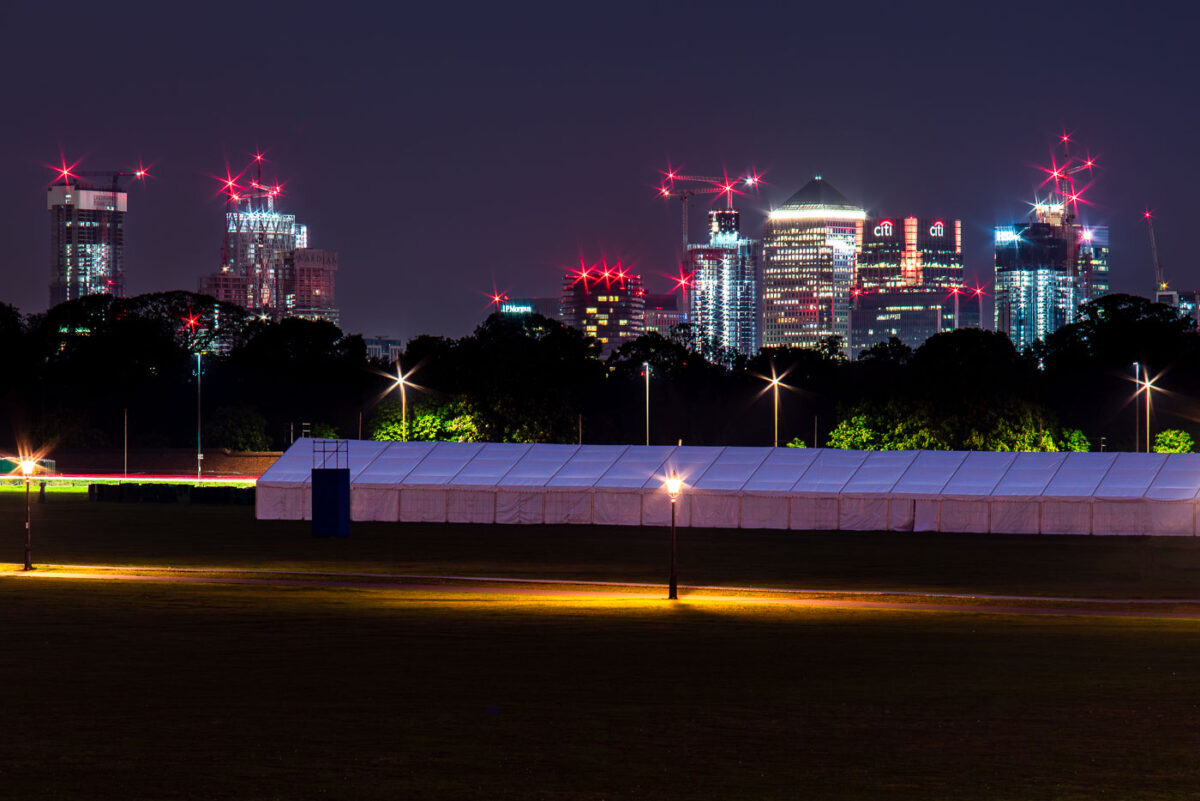
The Lawn at Paddington Station Under the Iron and Glass Roof
The Lawn at Paddington Station serves as the heart of the concourse, framed by the vast iron and glass canopy that defines Isambard Kingdom Brunel’s 19th-century design. Originally constructed in the 1850s, the station’s signature arched roof spans over the main platforms and the modernized public area below, now filled with cafés, travelers, and commuters. The space was reimagined in the early 2000s as part of a major restoration effort that preserved the Victorian ironwork while adding new steel and glass elements for natural light and openness. Beneath this intricate structure, passengers gather in a place where industrial heritage meets contemporary travel design.
